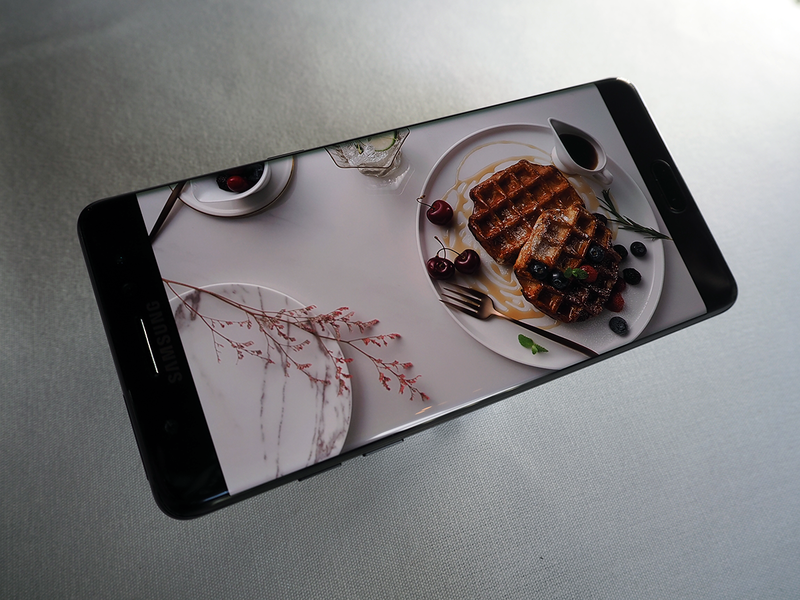Is Samsung Mobile the new BlackBerry? Or the new Nokia. Or the original cellphone maker Motorola? While Samsung is currently the world’s biggest maker of phones, like all of these one-time top dogs who reached the pinnacle it is displaying many similar characteristics that saw their fortunes slide. First corporate arrogance, a few missed quarters, then – like the server outage that would ultimately destroy BlackBerry – Samsung has just suffered a major disaster.
Samsung’s rise to top spot, and its subsequent slide, has echoes of those of the former occupants. Samsung sales were $177bn last year and it is worth $200bn. Once you’ve plateaued at the top, there is only one way to go. Unless you constantly innovate – and even Apple doesn’t seem to be able to do that – you can only maintain your status for so long. BlackBerry, which last month stopped manufacturing its own handsets, was once valued at $80bn and is worth $3.8bn now.
Perhaps what we are seeing is a realigning of the smartphone industry, as the Chinese mid-market upsets grow their numbers by offering cheaper handsets.
Indeed, it is the likes of Huawei, Xiaomi, Hisense, Lenovo and its recently acquired Motorola, and ZTE that are Samsung’s biggest threats. Without the high marketing costs that Samsung requires for its top-end handsets, these Chinese manufacturers offer a phone that is good enough for first-time buyers or those unable to afford anything pricier. Combine that with the odd quirk that people would rather own a top-end B-grade brand than a mid-range A-class brand, and there are hundreds of millions of people who need cheaper smartphones.
But it is not these harbingers of potential undercutting doom that Samsung was aiming for with the Note 7, the latest in the larger phablet category that it created with the original Note in 2011. Samsung wanted to get the jump on its arch rival Apple, whose iPhone 7s were due to be announced in September, while also skipping the Note 6 name to match its own Galaxy 7 range. But it has spectacularly backfired on it. Launched in August, first Note 7s began to smoulder, then catch fire. Samsung quickly recalled about 2.5m devices – estimated to have cost it $1bn – but that month-long process was then undone when replacement handsets caught fire, causing the phone to be scrapped completely. Ironically, this was in the same week as iPhone 7s began shipping.
Meanwhile, signs began appearing at airline check-in counters warning people not to charge their Note 7 and to turn it off on the plane. Several European, Asian and American airlines have banned them outright. People don’t forget that kind of thing. The probably forget the “Note 7” part and merely associate “phones that catch fire” with “Samsung”. That reputational damage is immense.
The Note 7 disaster wiped $23bn off Samsung’s market value, while it is now expected to cost it $5bn or more in lost sales. Samsung has also been criticised for its communications campaign, just as BlackBerry was when its servers had that three-day global meltdown and precipitated the ultimate slide from glory for the Canadian company. Samsung’s public relations response to the six-week crisis was summed up, hilariously, by the FT as “fiddling while phone burns”.
It’s too soon to say if the Note 7 is Samsung Mobile’s BlackBerry moment. It certainly seems so. But Samsung is a giant of a company, accounting for about a fifth of South Korea’s economy; and makes everything from smartphones to semiconductors to petrochemicals to ships. It also accounts for a fifth of South Korea’s exports. It’s almost too big to fail.
This column first appeared in Financial Mail
